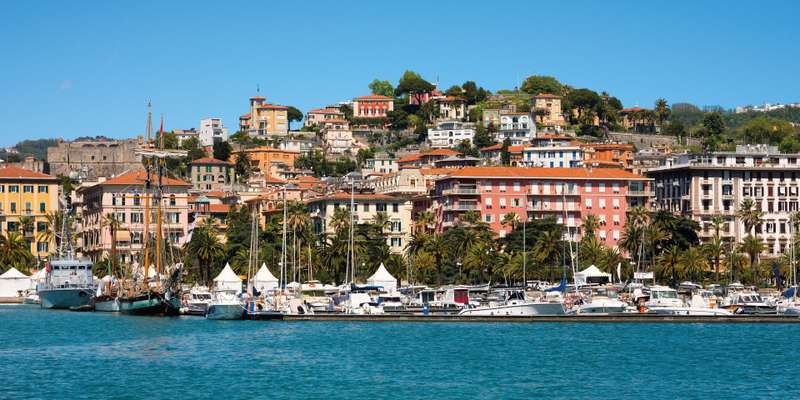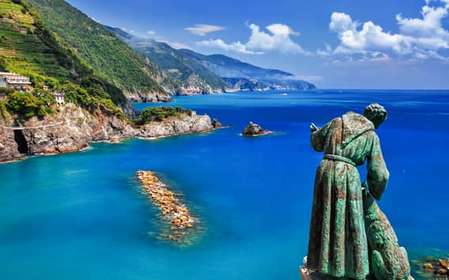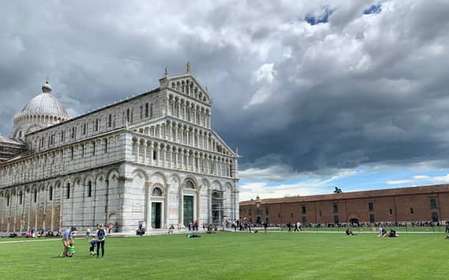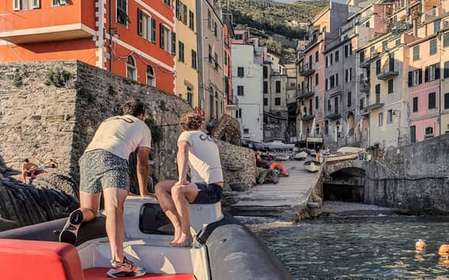- Home
- Useful Tips
- Exploring La Spezia's local...
Many travelers visiting La Spezia focus solely on the Cinque Terre's colorful villages, unaware of the breathtaking wildlife reserves just minutes away. Over 60% of visitors miss these natural gems entirely, according to regional tourism data, leaving them crowded on coastal trails when they could be spotting rare birds in peaceful wetlands. The challenge lies in navigating these protected areas without local knowledge – from understanding seasonal migrations to finding hidden trails that avoid tourist bottlenecks. Families struggle to find child-friendly routes, while avid hikers waste precious vacation time deciphering poorly marked paths. These oversights transform what could be a rejuvenating nature escape into another stressful checklist item.


Decoding La Spezia's reserve system – which parks suit your travel style?
La Spezia's network of protected areas serves different interests with surprising specificity. The Migliarino-San Rossore-Riparian Park, a 30-minute drive south, offers flat, accessible trails perfect for families with strollers and elderly visitors. Its freshwater marshes host over 200 bird species, though few tourists realize dawn hours reveal the most activity. Meanwhile, Montemarcello-Magra Natural Park combines coastal cliffs with river ecosystems, catering to hikers seeking varied terrain. Locals know the western trails near Punta Bianca provide stunning sunset views without the Cinque Terre crowds. Understanding these distinctions prevents the common disappointment of arriving at a reserve mismatched to your mobility level or interests.
Timing secrets – when wildlife actually appears (and when to avoid crowds)
The golden hour rule applies doubly in La Spezia's reserves. While most tourists arrive between 10am-2pm, local guides note that 90% of wildlife sightings occur at daybreak or dusk. Porto Venere's Palmaria Island sees its resident peregrine falcons hunting at first light, while afternoon visitors only spot gulls. Seasonal timing matters equally – late spring brings nesting flamingos to the mouth of the Magra River, while autumn transforms the forests into a migratory corridor for rare birds. Weekends draw Italian families, so midweek visits offer solitary trails. These patterns aren't listed on official websites but make the difference between spotting a kingfisher's iridescent flash and seeing only reeds.
Hidden trails even locals forget – navigating beyond the main routes
Beyond each reserve's marked entrances lie lesser-known access points that bypass crowded areas entirely. In the Cinque Terre National Park section near Biassa, a medieval mule track called Via dei Santuari winds through chestnut forests with panoramic viewpoints absent from park maps. The key is looking for small wooden signs marked 'Sentieri Comunali' rather than the official trail markers. Similarly, the wetland boardwalks at Bocca di Magra have a second entry point near the fishing docks, where patient observers often see otters at low tide. These alternatives require no guides or fees, just the confidence to venture slightly off the beaten path while respecting protected area boundaries.
Essential gear most tourists overlook – packing for microclimates
La Spezia's reserves create their own weather systems that catch unprepared visitors off guard. The river valleys generate thick morning mists until 11am, necessitating lightweight waterproof layers even in summer. Sturdy shoes with grip prove essential on the polished sandstone trails of Monte Marcello, where afternoon sea breezes make temperatures drop suddenly. Local naturalists always carry compact binoculars – the 8x32 magnification range is ideal for spotting warblers in dense foliage without straining your neck. While these items might seem excessive for a 'quick nature stop', they transform frustrating experiences into comfortable, rewarding adventures where you notice details most miss entirely.



